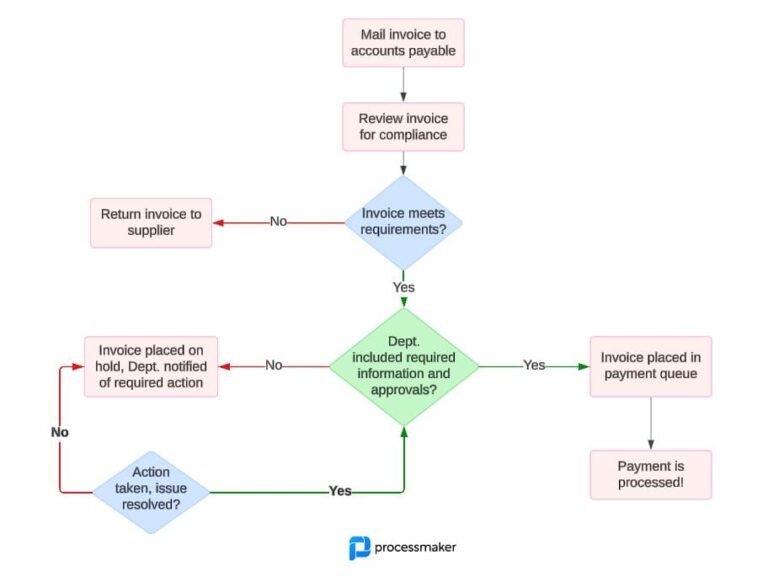
Accurate discipline tracking is expected at every level of a K-12 school system. While tracking will mean different things for high schoolers than it does for kindergarten students, consistency in reporting and dealing with disciplinary issues is essential.
Unfortunately, minor infractions, like tardies, can result in a disproportionate amount of time spent writing up incidents. That’s time that could be spent educating kids, and it generally puts more work on the shoulders of busy front office personnel.
But with a customized discipline tracking system, you can keep accurate records, assign consequences fairly and consistently, and spend far less time writing up paper discipline tracking forms. Better still, you can create informative reports at chosen intervals to track discipline trends as well. Here’s how.
Define Discipline Tracking Needs First
A one-size-fits-all discipline tracking system will usually fall short in some way. What you need is a discipline tracking system that is tailored to your school’s and school system’s needs. Ask yourself several key questions to define these needs:
- What are our school and school system discipline policies?
- When and how are parents notified of disciplinary situations?
- Who is responsible for recording disciplinary infractions?
- How do “points” or demerits map to consequences?
- What types of reports to we want to (or are we required to) create on discipline tracking?You may want to start out by automating annoying, yet time-consuming processes, like reporting tardiness.
Eliminate Handwritten Tardy Slips
Tardy students can be disproportionately disruptive, particularly if a teacher has to write up a paper tardy slip and have it hand-delivered to the front office. Your electronic discipline tracking process can make it so reporting a tardy is done by clicking a few boxes and perhaps entering a student name or selecting it from a list. Something that used to take several minutes and seriously upend the flow of classroom operation will only take a few seconds, and result in only minimal interruption to teaching. Best of all, an electronic process eliminates problems like lost tardy slips and ensures that all tardiness is recorded accurately throughout the term.
Assign Warnings and Consequences Automatically and Consistently
Consistency in discipline is important, particularly in an age when parents can so easily monitor the actions of teachers and administrators at their children’s schools. With an automated discipline tracking system based on school policies and specific penalties for specific infractions, you can ensure that every student who commits a disciplinary breach receives the specified consequences, so no one can accuse you of playing favorites. What’s more, an automated discipline tracking system can track demerits or points, and specify consequences accordingly, so that consequences escalate with repeated incidents.
Make Reporting Easier
How are we doing in terms of disciplinary infractions? Did this term have more or fewer tardies than the last term? How many times were parents called during the school year? Did one grade have significantly higher numbers of disciplinary infractions? You can answer all these questions quickly and accurately with an automated discipline tracking system because data can be funneled into meaningful reports that make sense of all the numbers. You can run reports as needed, or set up reporting on a regular basis according to your needs. When an entire district uses consistent discipline tracking, comparisons from one school to another are more valid.
Don’t Spend More Time Than Necessary on Discipline Tracking
Discipline tracking is necessary, yet spending too much time on manual discipline tracking processes takes valuable time away from educating students. Automating discipline tracking by using customizable workflow software makes it faster, more consistent, and less error-prone. Discipline data can then be made into informative reports so individual schools can identify and track trends.
ProcessMaker is open-source workflow software that can be customized to virtually any process, including discipline tracking. With ProcessMaker, you can create your own workflows from start to finish, or start with one of several workflow templates and customize them to your needs. The best part is, you don’t have to be a programmer to do it because ProcessMaker is designed for the non-technical user. Why not find out for yourself? You can try the ProcessMaker Enterprise Edition for free, or download and start using the ProcessMaker Community Edition for free. There’s no reason for discipline tracking to use a disproportional amount of school time and resources.





